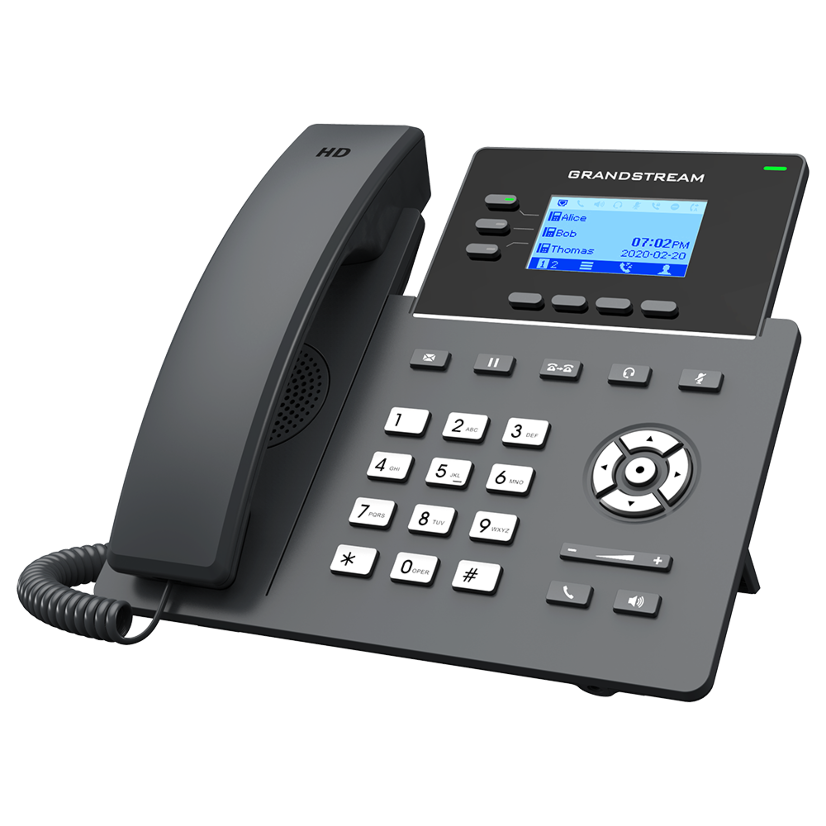SIP Trunking and Business Texting CPaaS Provider for Building
Voice Applications
Flowroute provides you all the a la carte telephony components you need to build rock-solid, scalable, and resilient voice products.
Flowroute is a self-service, 100% cloud-based SIP trunking and SMS platform that gives organizations with contact centers, CPaaS, and on-premises or virtualized PBX systems everything they need to run mission-critical voice applications.


Flowroute delivers simple-to-use, functional APIs and portal for business voice and is the ONLY platform in the US that provides true resiliency for DIDs.
Multichannel Components
With Flowroute, you maintain full control over your platform with cloud-based communications services that are cost-effective, reliable, and stable to power your vital business operations.
Voice SIP
Easily connect an existing PBX system or an analog/digital telephone adapter in minutes and experience clear, reliable, and high-quality connections for inbound and outbound calls.
Phone numbers
Purchase local, toll-free, and vanity numbers in the US and Canada, or port your existing numbers, and enhance your Flowroute DIDs with caller ID, Enhanced 911, CNAM, and more.
SMS
Easily integrate SMS to create an omnichannel customer experience with appointment reminders, proxy number messaging, automatic surveys, and two-factor authentication.
MMS
Create a more immediate, engaging customer experience that delivers all of the benefits of SMS plus the ability to send rich image, video, and audio content.
Faxing
Reliably and securely send and receive faxes from anywhere using our quality T-38 routes that minimize fax failure rates.
Remote call forwarding
Easily forward your numbers to other numbers on demand through your Flowroute portal to ensure business continuity no matter where you are.
Industry-Leading Management Capabilities
Flowroute hands you the keys to your system, giving you easy-to-access management capabilities from your Flowroute portal. Don’t worry—we’re always here to help with our award-winning support.

Web portal
Access your voice/SMS dashboard to monitor usage and costs, purchase numbers, create primary and failover inbound routes, set up fraud protection, perform bulk actions, and more.
Unrivaled support
Get peace of mind with 24/7/365 access to Flowroute’s knowledgeable Customer Support Specialists at no charge.
Numbers and messaging APIs
Enjoy rich programmatic access to telephony resources to automate your telecom processes and enhance your applications with SMS and MMS capabilities.
Account-level security
Secure your business with the ability to disable outbound SIP credentials, set maximum outbound rates, whitelist destinations, alert and restrict activity, and act fast on toll fraud.

HyperNetwork™:
Unmatched Business Continuity
Flowroute’s exclusive HyperNetwork™ and automatic failover routing tools provide the most resilient, inbound phone number service in the US. HyperNetwork helps mitigate outage time by detecting upstream network impairments and quickly rerouting DID voice traffic around them to successfully complete inbound calls. Historically, in the US, the only way to address outages—especially for mission-critical inbound calls—was to port numbers, which could take days. Because HyperNetwork dynamically changes the routing of telephone numbers, calls arrive over a different path than the one originally assigned.
REACH
13,000 nearly 13,000 on-net rate centers
15,500 nearly 15,500 phone number rate centers
RELIABILITY
99.999% uptime
Zero grey routes or aggregators
SIMPLICITY
#1 in customer satisfaction
2 week porting time in a two-hour scheduled porting window
3 minutes to get up and running
What Our Customers Are Saying
Experience Flowroute for yourself and discover why Flowroute is consistently rated the #1 SIP trunking provider in customer satisfaction.
